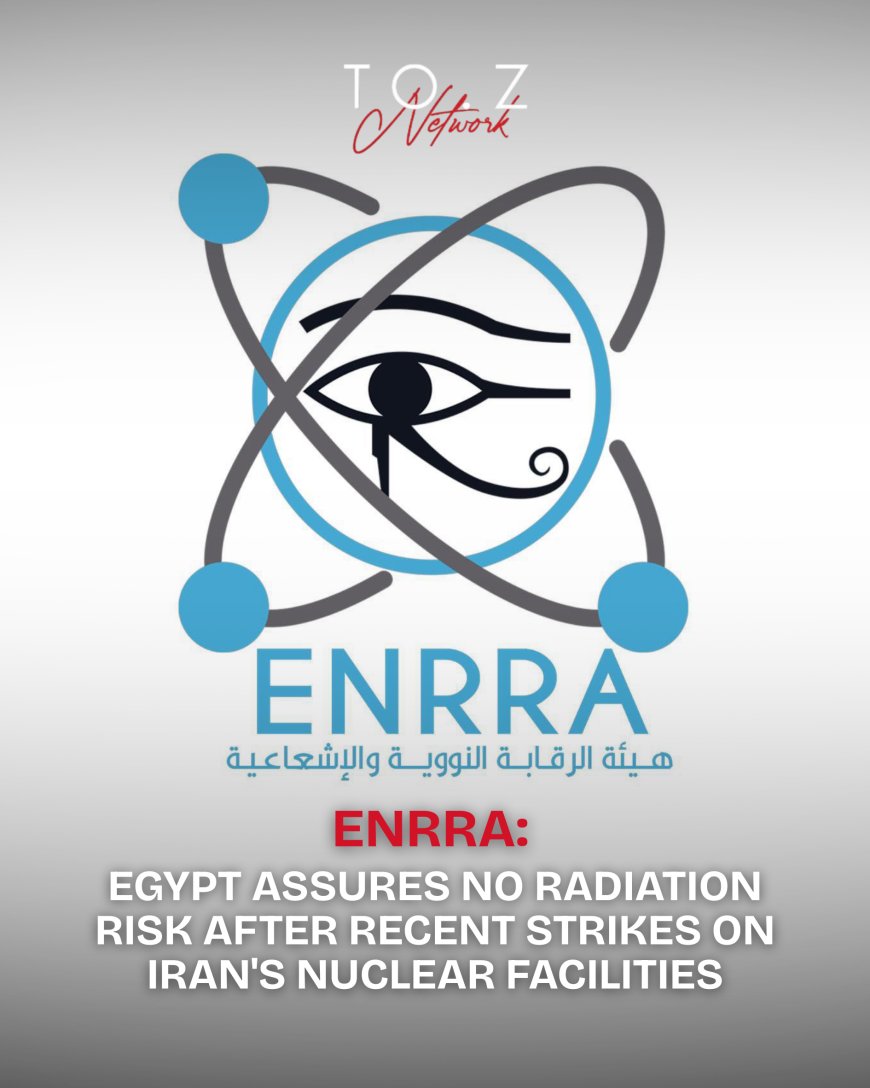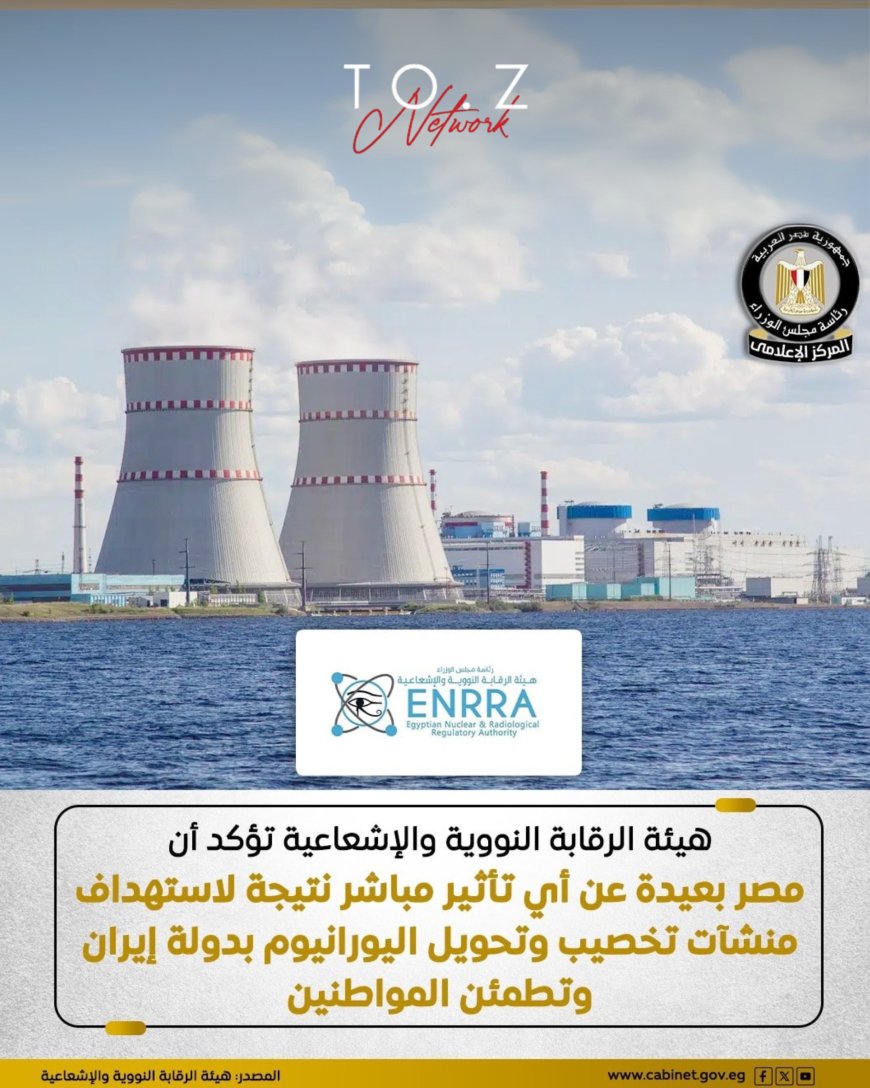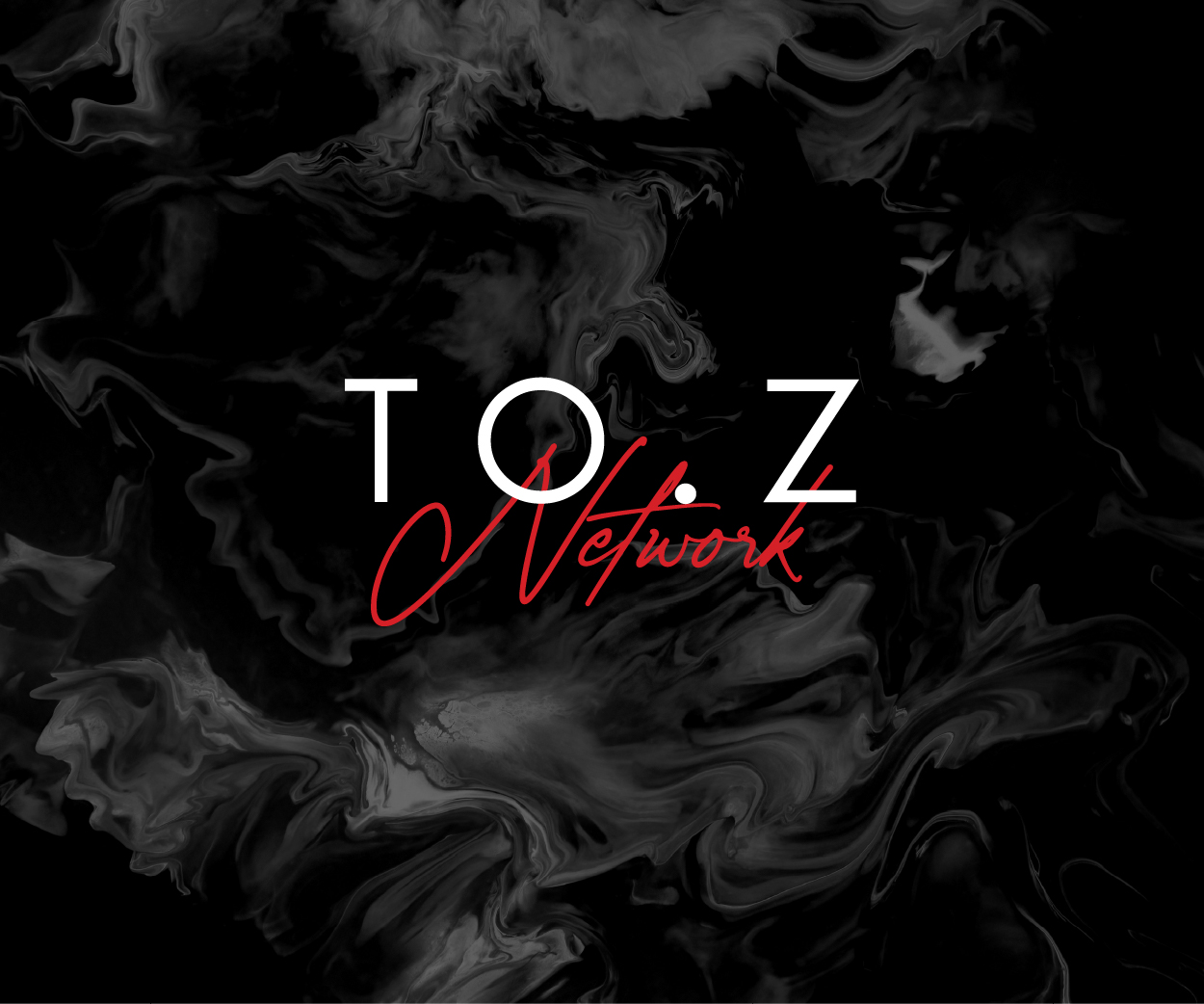Egypt Confirms Safe Radiation Levels After U.S. Strikes on Iranian Nuclear Sites
After U.S. strikes on Iranian nuclear facilities, Egypt’s Nuclear and Radiological Regulatory Authority (ENRRA) confirmed radiation levels remain safe across the country. ENRRA is actively monitoring the situation using advanced tech and working closely with the IAEA. Iran also reported no radioactive contamination at affected sites.

Following recent U.S. airstrikes targeting several Iranian nuclear facilities, Egypt’s Nuclear and Radiological Regulatory Authority (ENRRA) has confirmed that radiation levels across the country remain completely normal and pose no threat to public health or safety.
The ENRRA emphasized that it is actively monitoring the situation using a network of advanced radiation detection systems strategically deployed nationwide. These systems enable real-time data collection and ensure swift response in case of any radiation-related risks. In addition, the authority is working in full coordination with the International Atomic Energy Agency (IAEA) and relevant national institutions to maintain vigilance and transparency.

On the Iranian side, authorities announced that no radioactive contamination had been detected at key nuclear sites in Isfahan, Fordo, and Natanz—locations reportedly targeted in the recent strikes. The announcement aimed to reassure both regional and international observers that nuclear safety protocols remained intact.
The developments come amid heightened regional tensions, raising global concerns about the potential for escalation and nuclear-related risks. However, ENRRA’s statement affirms that Egypt continues to operate within safe environmental and radiological parameters, thanks to its preparedness and robust safety infrastructure.









